The Secret CamboDIARY Vol. 1

Temperature rose to over 40° Celsius, and I could not even find a nice dry corner of my shirt to wipe my steamy glasses. My shoes were filled with the muddy water I collected from wading across different streams. Even though its joyful to hear the sounds of nature, we could also hear the sounds of chainsaws and guns, giving us heartache from time to time.
Cambodia, a place that may remind you of the mysterious and unique cultural attractions of Phrom Penh, Siem Reap or Angor Wat, but of particular interest to me is the wilderness. Still relatively undeveloped, many rare fauna can still be found in this 180,000 sq. km area, which is only one fiftieth of the size of China. This year, Kadoorie Conservation China expands its project coverage to Cambodia, initiating biodiversity conservation and habitat restoration projects there.
Unlike China, Cambodia has huge stretches of lowland plain that are still covered with forest. However, forest coverage dropped from 60% to 50% in the last decade due to logging. Deciduous dipterocarp forest (DDF) and semi-evergreen forest (SEF) are the two main forest types found in Cambodia. DDF is relatively dry with sparse trees, yet harbors important and rare large animals. While SEF is moist and multi-layered, that is interspersed with bamboo forests.
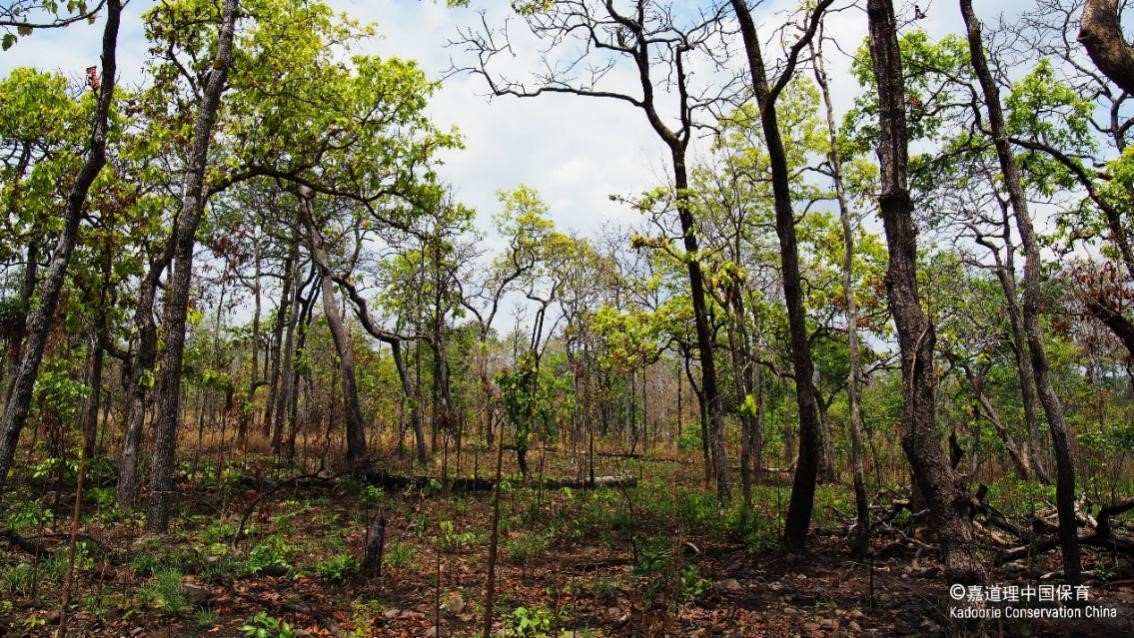
Deciduous dipterocarp forest, DDF
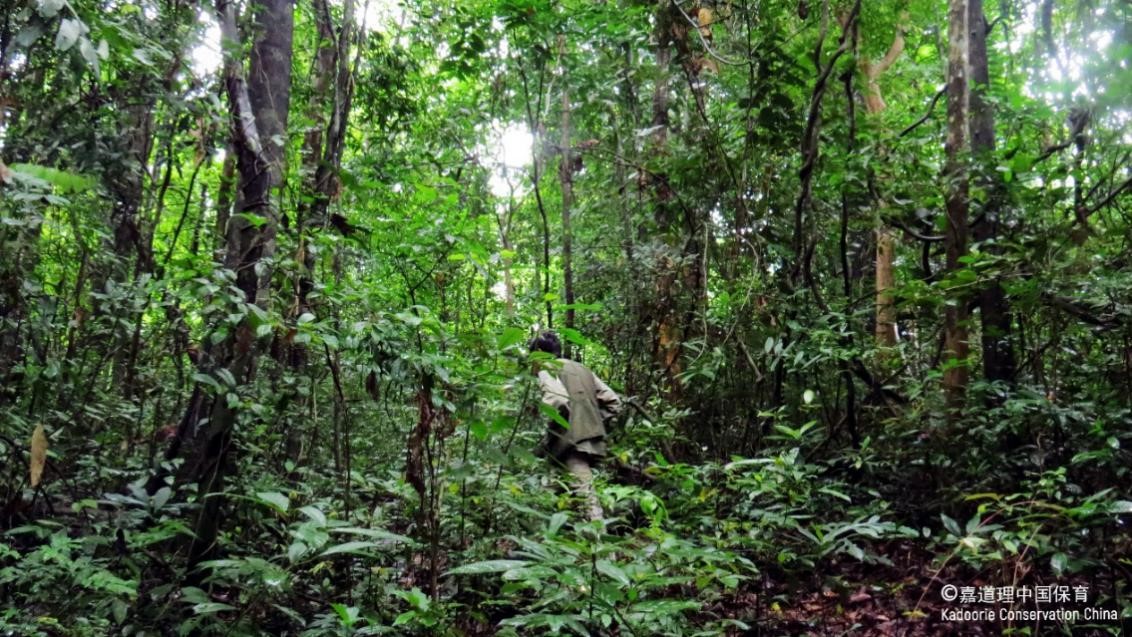
Semi-evergreen forest, SEF
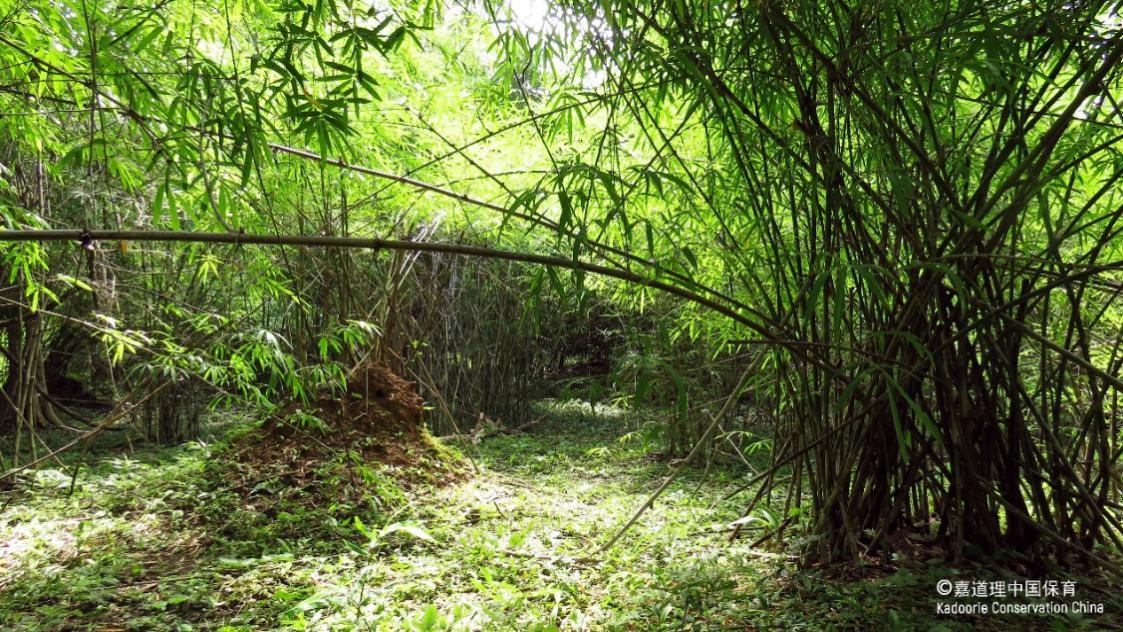
Bamboo forest inside SEF
The survey team that comprised of herpetologists, ornithologists and mammologists conducted a biodiversity survey in the forest to look for endangered wildlife, e.g. Banteng (Bos javanicus), Indochinese Silvered Langur (Trachypithecus germaini) and Green Peafowl (Pavo muticus), and was assisted by a local warden, a driver and a translator.
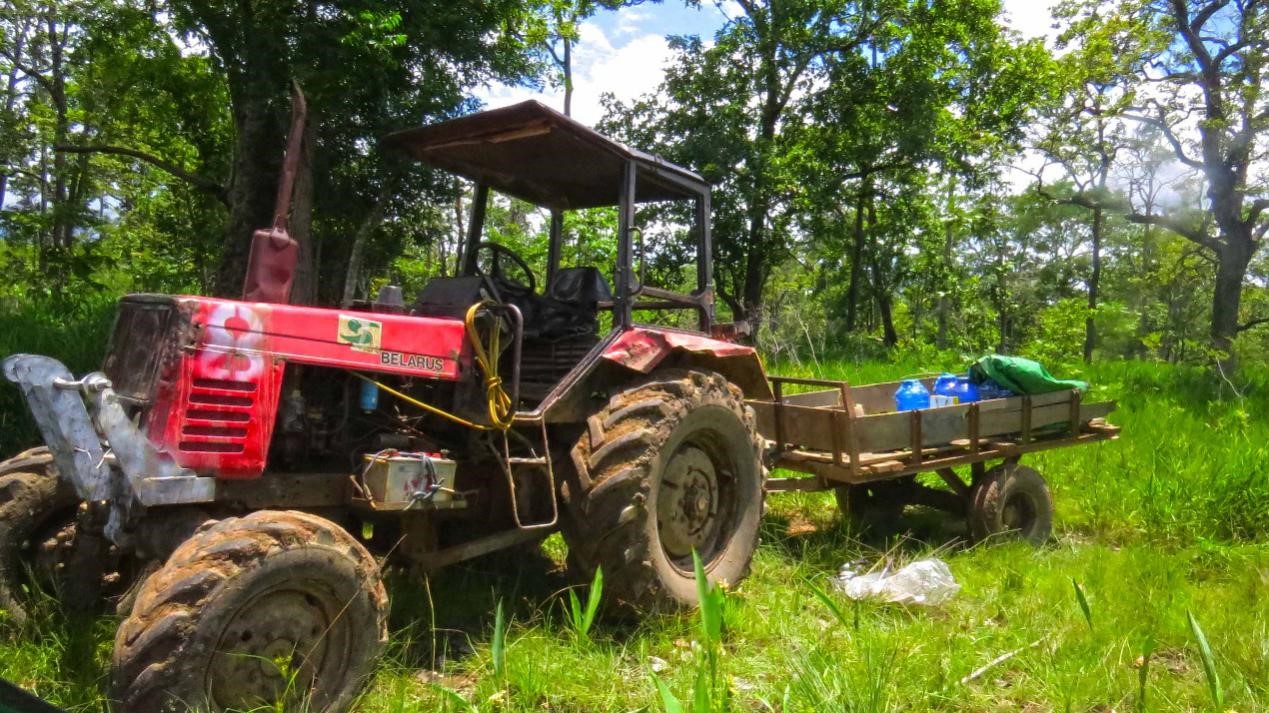
A tractor is used to carry food to our campsite
Due to rampant hunting activities in Cambodia, fewer animals can be found during daytime when hunting activities are common. Therefore, camera traps have been installed to monitor, and to collect imagery of wildlife for analysis.
Heading to the sites where camera traps were set up last time, we encountered tremendous difficulties on the first day; we scrambled through slippery mud, thorny bushes, and unexpected streams due to heavy rain. We also encountered a number of loggers and hunters. The locals have been depending on forest resources for livelihood for generations, to curb illegal activities in these forests would be the greatest challenge we have to tackle.
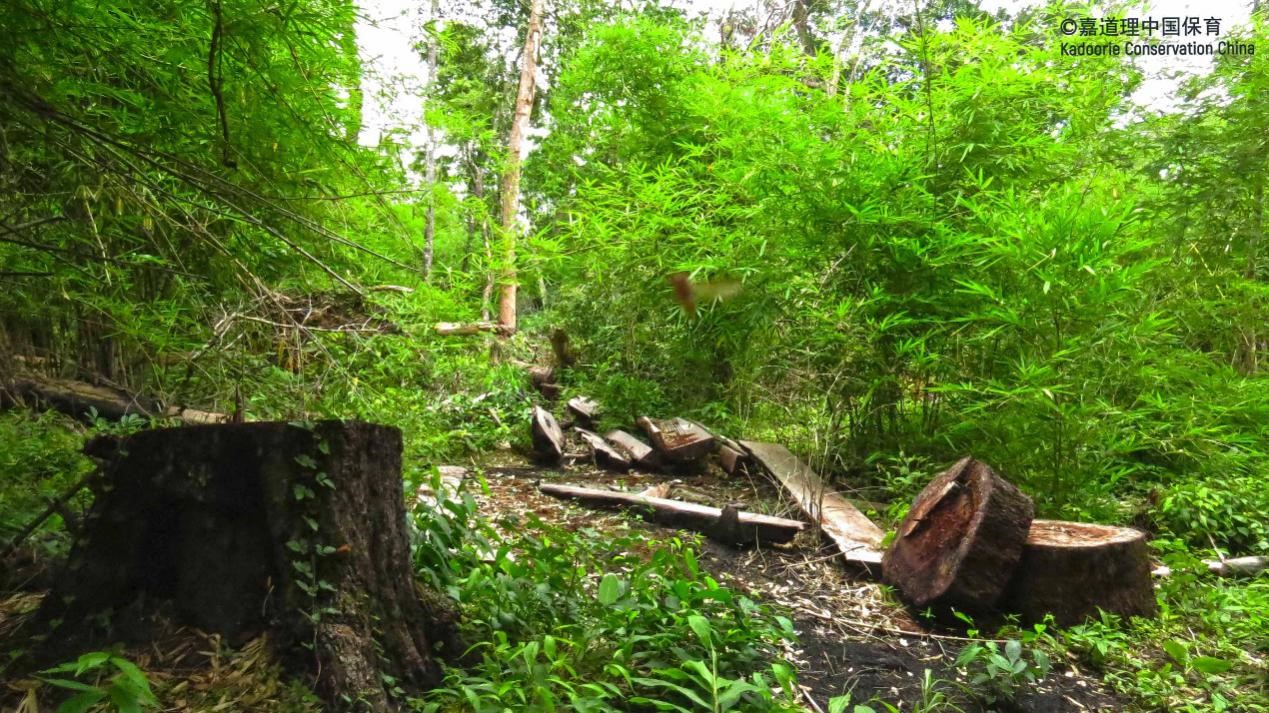
Signs of logging are common in the forest
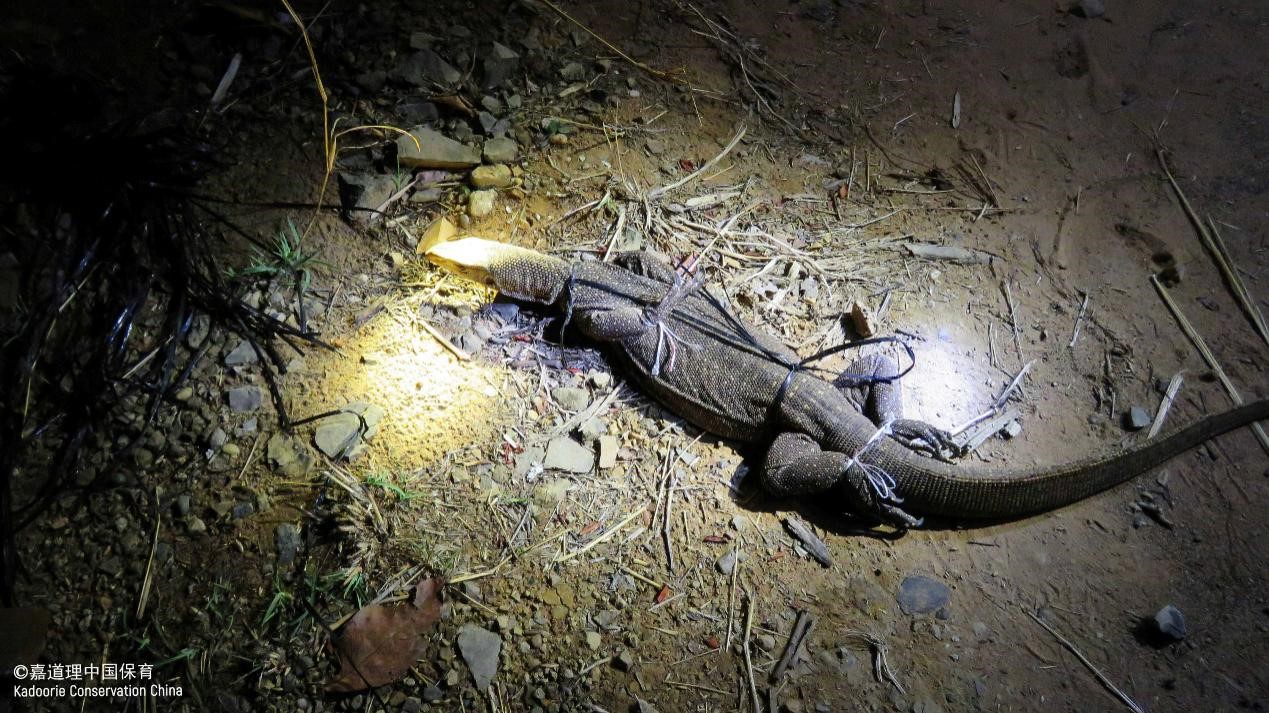
A Bengal Monitor Lizard captured by local villagers
Even though we have the GPS point for each camera trap, because the vegetation changes rapidly under hot climate, it often took us more than an hour to search at each site. On the first glance, only some pictures of loggers, wild boars and muntjac were captured; these animals are quite common also in China.
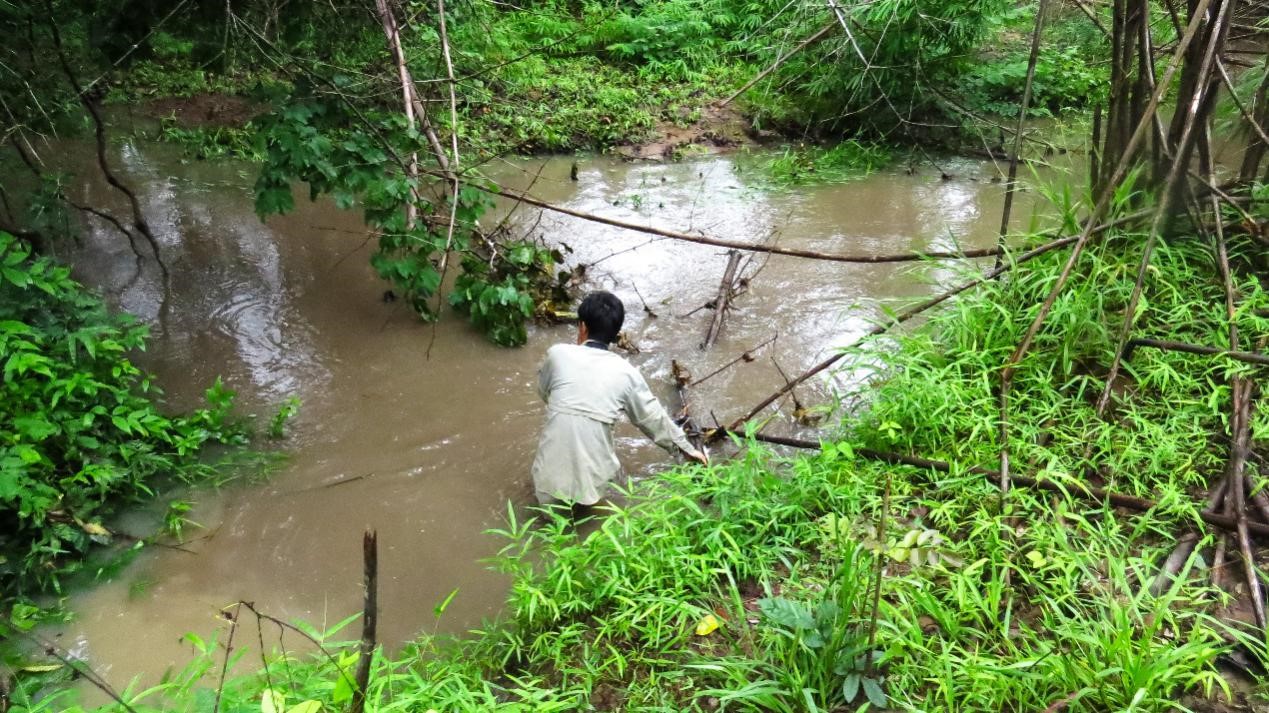
Due to heavy rain, a new stream is formed. We kept wandering around and searching for camera traps based on the GPS points recorded.

There are no clear paths in the forest; all we can do is to move in the direction guided by the map.
Suddenly, my right leg was caught. I supposed it was vines but it was a SLING TRAP! Luckily, the trap was not triggered. Otherwise, I will be hung in the air. And even more luckily, it was me being trapped, not a little muntjac.
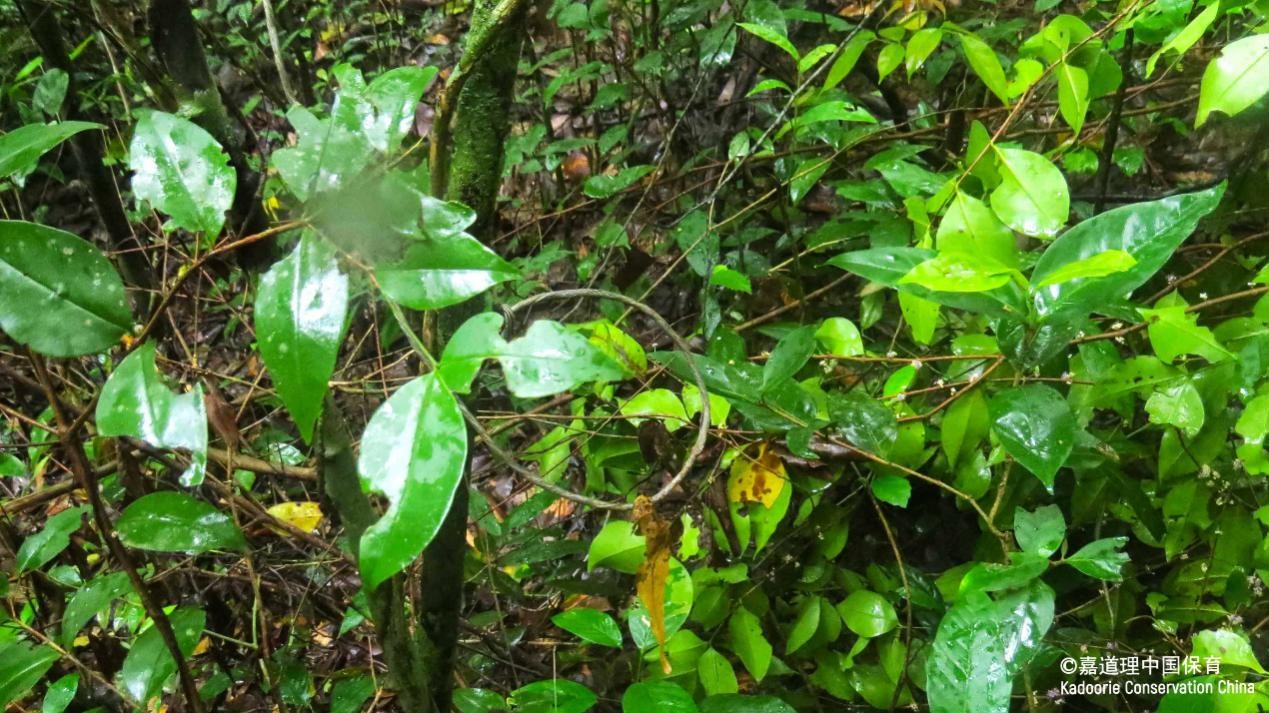
The sling trap.
The whole team stopped as we heard some movements. That was a group of Indochinese Silvered Langur (Trachypithecus germaini) ! Indochinese Silvered Langur mainly distributed in the east of Mekong River, including Cambodia, Vietnam, Laos PRD and Thailand. The population has undergone a 50% decline over the past 36 years due to habitat loss, illegal trading and the use as traditional medicine. Its status in IUCN Red List is Endangered (EN). Indochinese Silvered Langur has silvery hair and mane, dark grey body, and it feeds on leaves. Interestingly, juveniles are golden, which gradually changes to silver in a few months’ time. I was blessed to catch sight of a group of Indochinese Silvered Langur in the wild. What a great surprise!
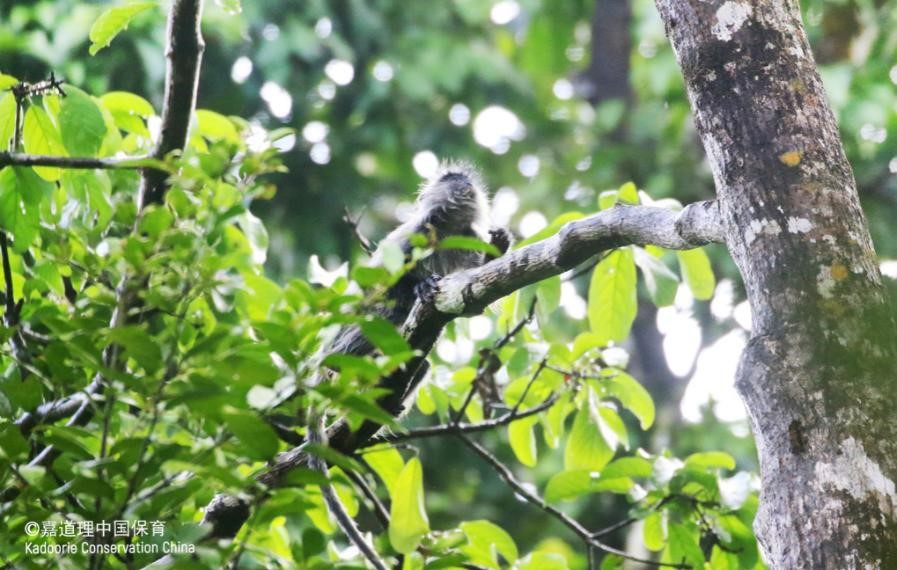
Indochinese Silvered Langur (Trachypithecus germaini)
We finished our first day of survey and prepared for dinner. In the night, rain started to pour. We could only crouch under the flysheet to rest.
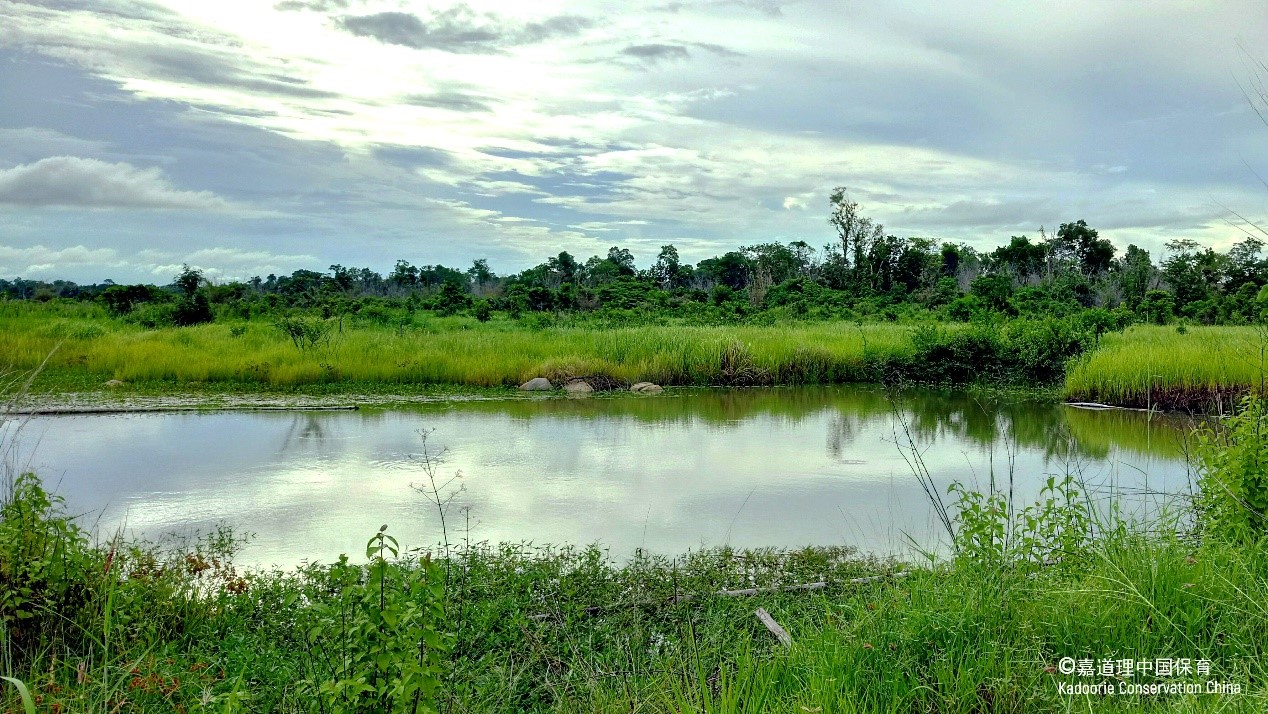
Trapeang in rainy season
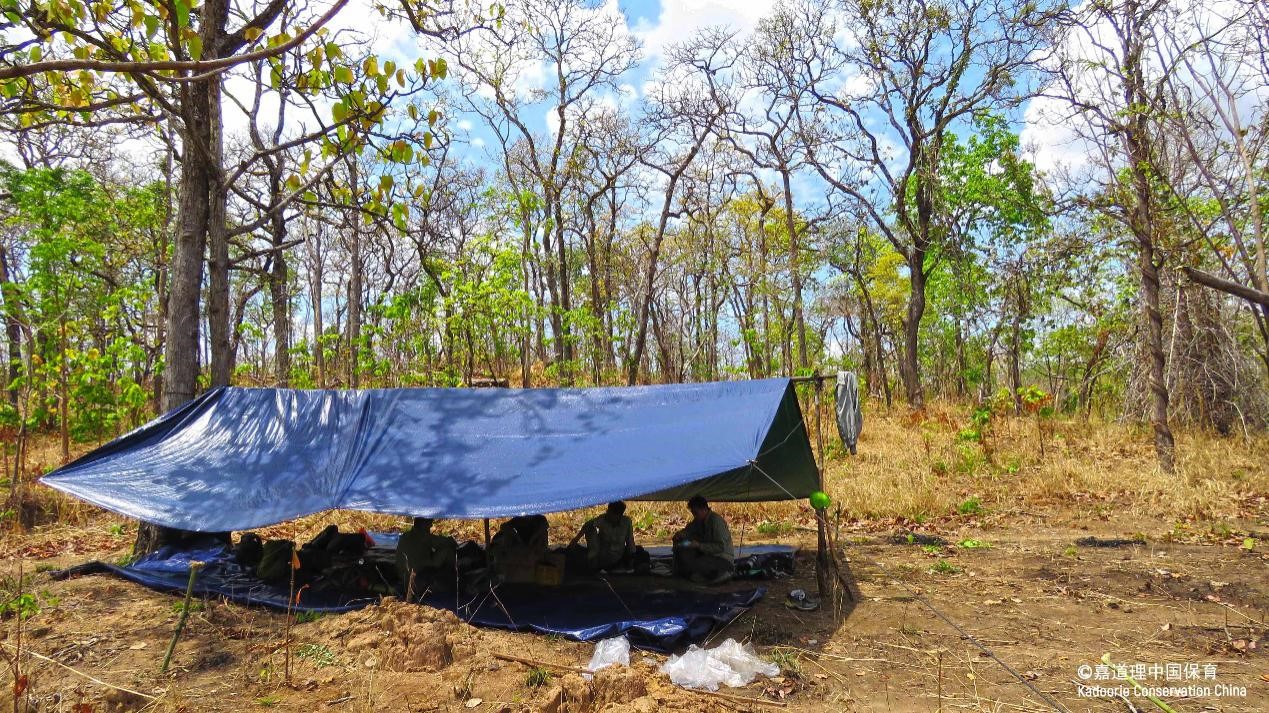
Our campsite in DDF
The sound of rain hitting the tent was loud, together with the hot and moist weather in getting to sleep. What’s worse? There was constant noise from the mosquitoes soaring outside the mosquito nets waiting patiently for a feast.
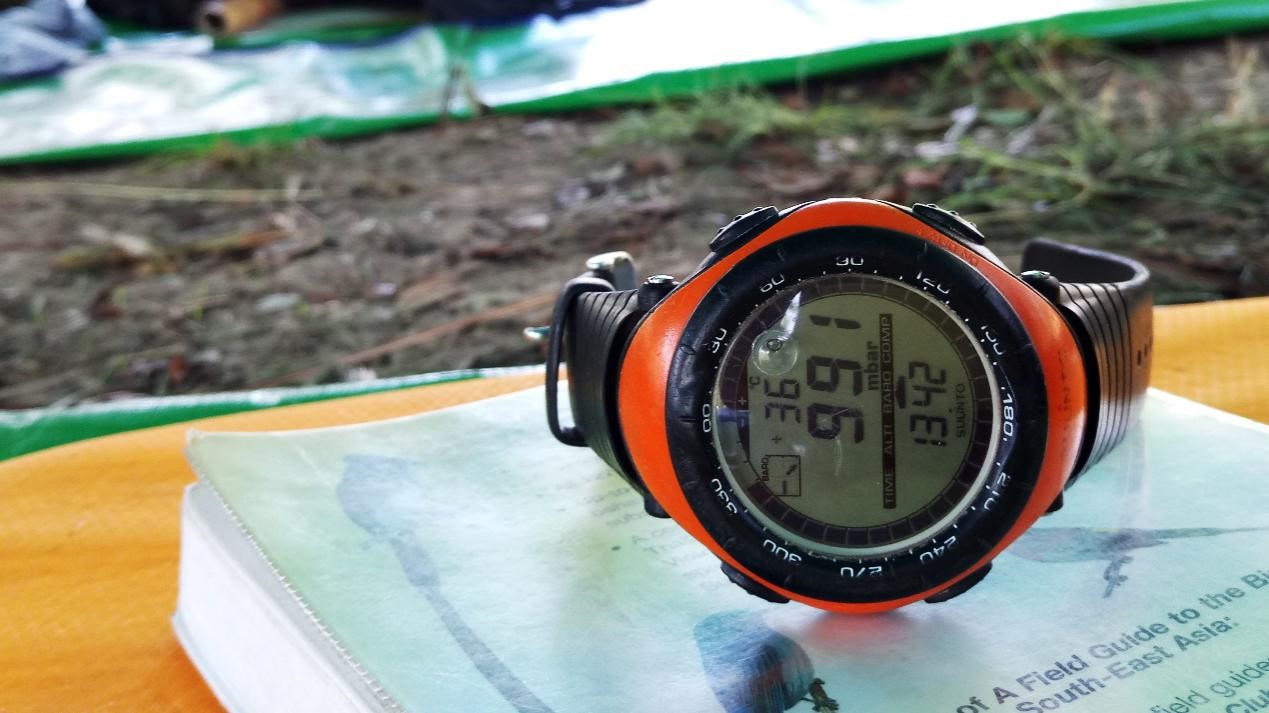
Sunlight and birds’ calls woke us up on the second day, we put on our wet clothes and boots, and had a quick breakfast of instant noodles and anti-malarial pills before we started our second-day survey. Our body was exhausted from the lack of sleep and the frustration from the not-so-satisfying camera trap photos. But we kept retrieving and checking the images in the cameras with the hope to find some rare animals, until we finally found something really precious.…… (con’t)
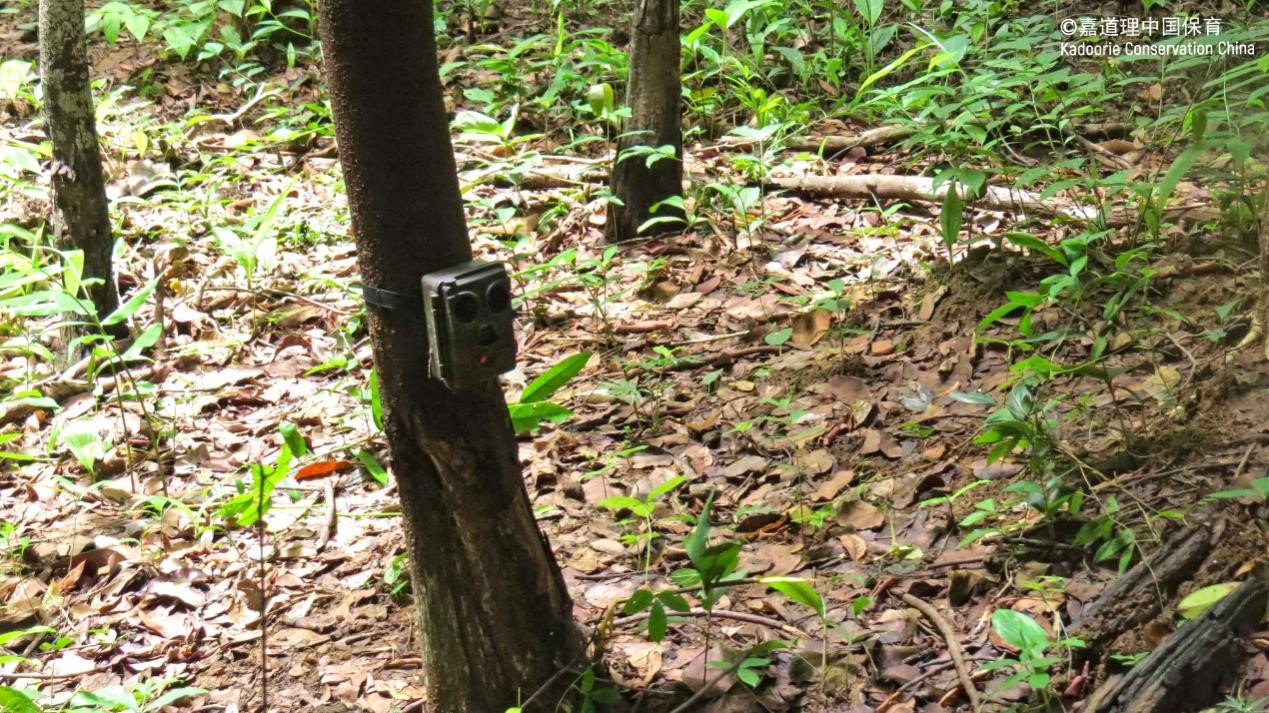
A camera trap

